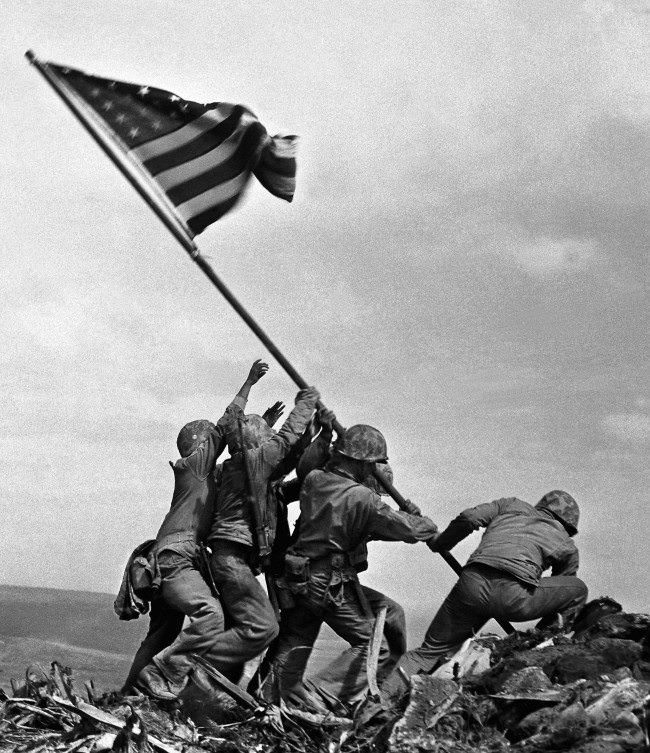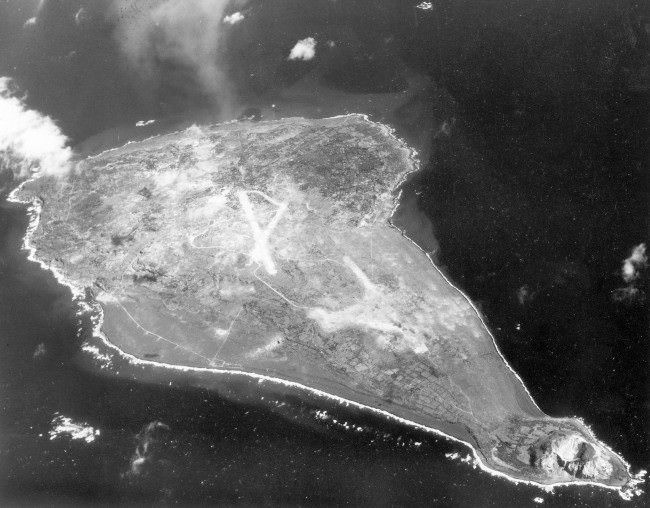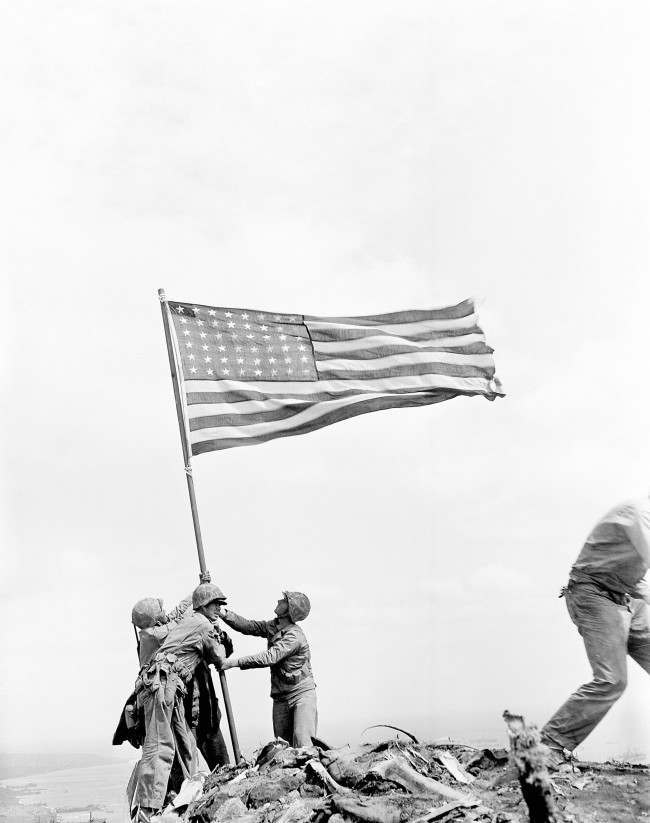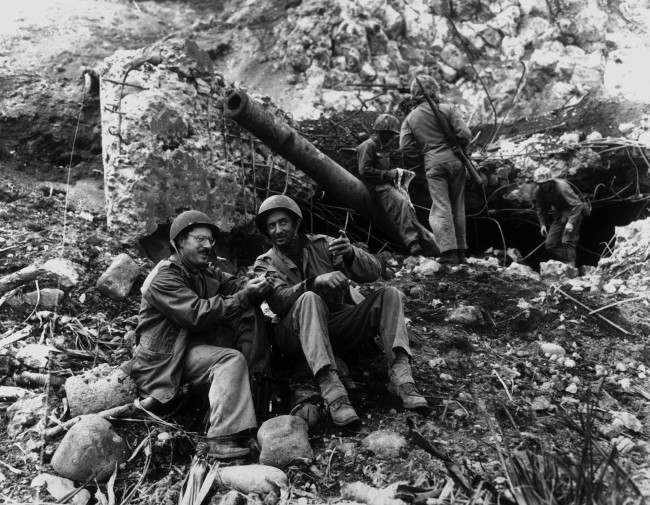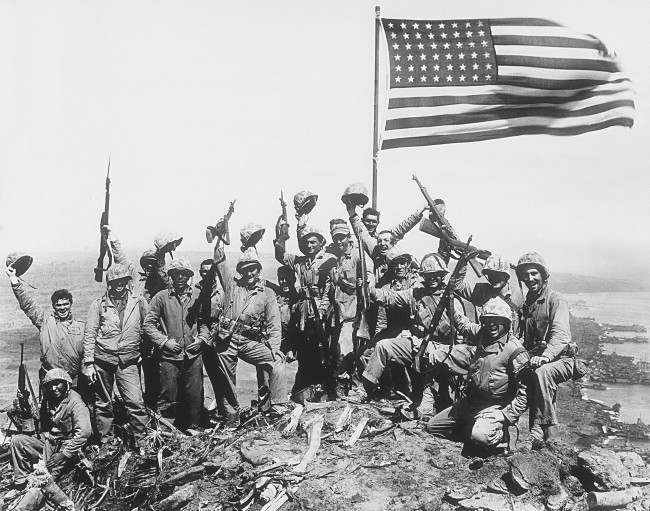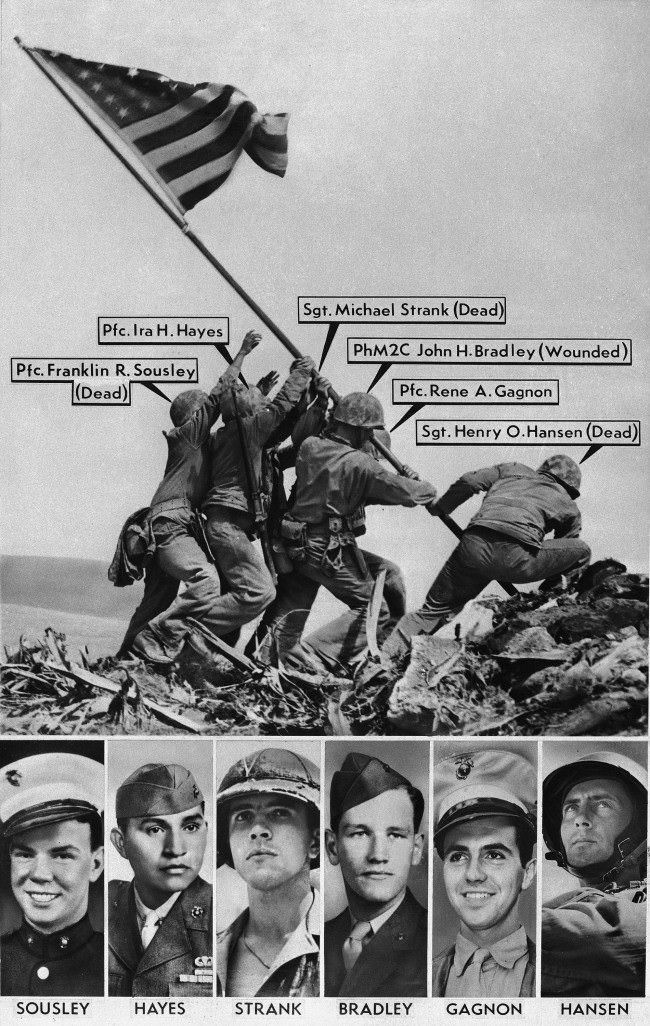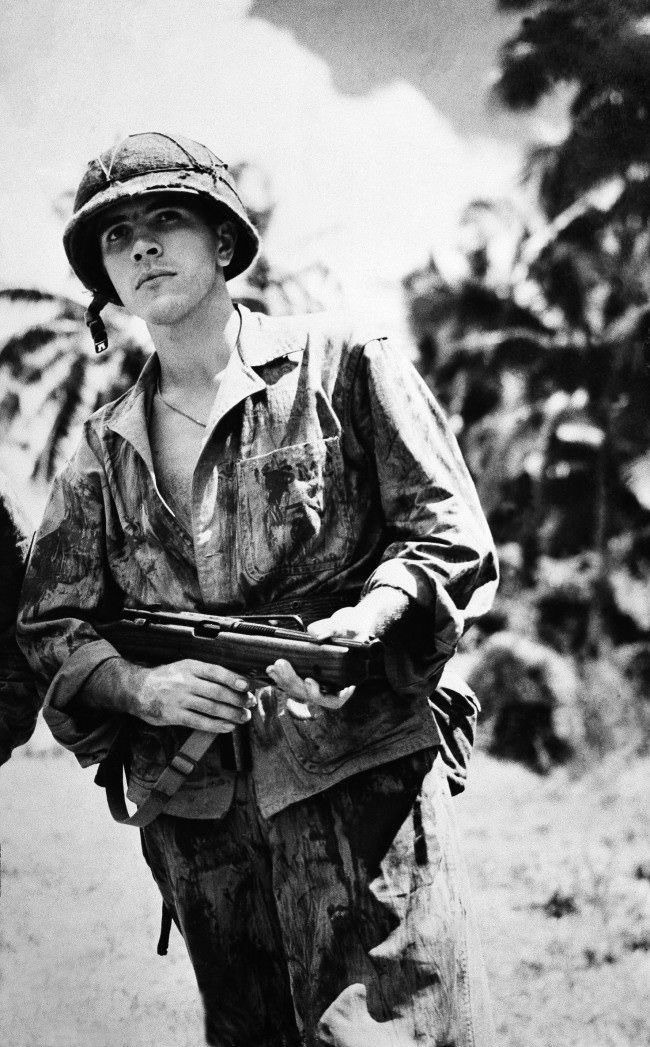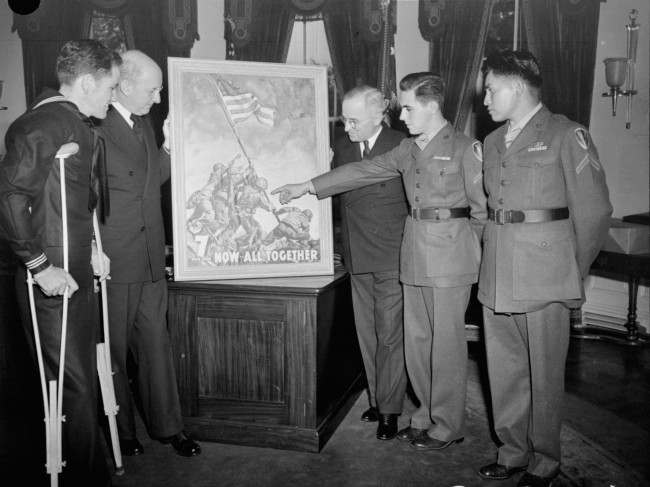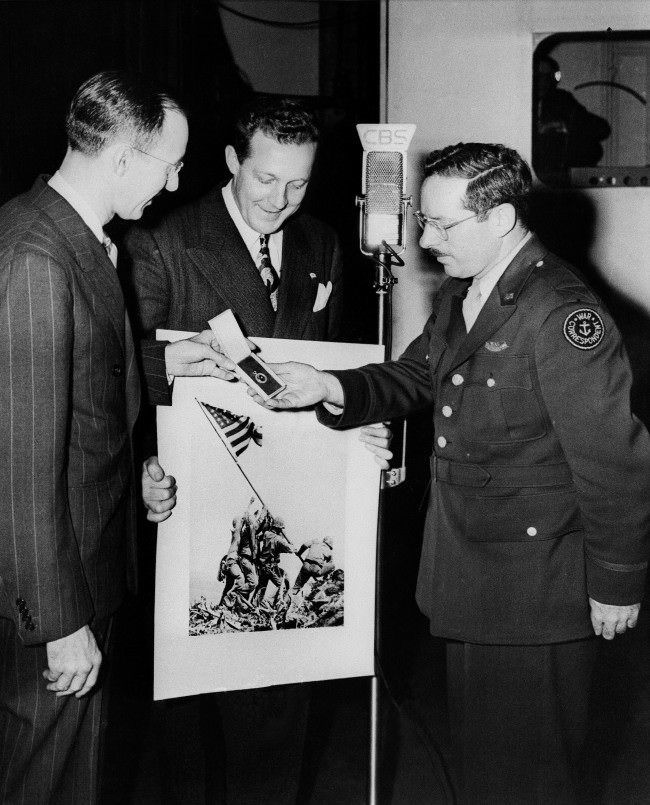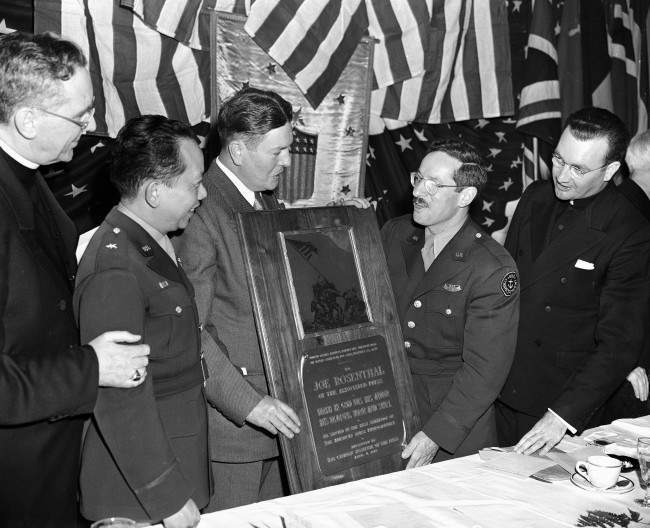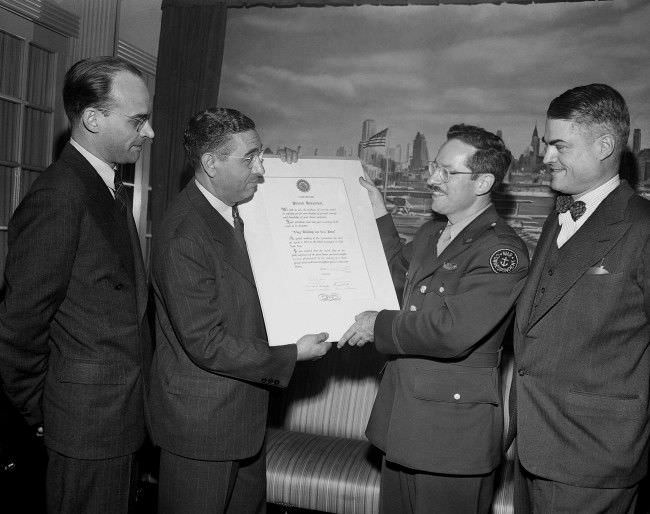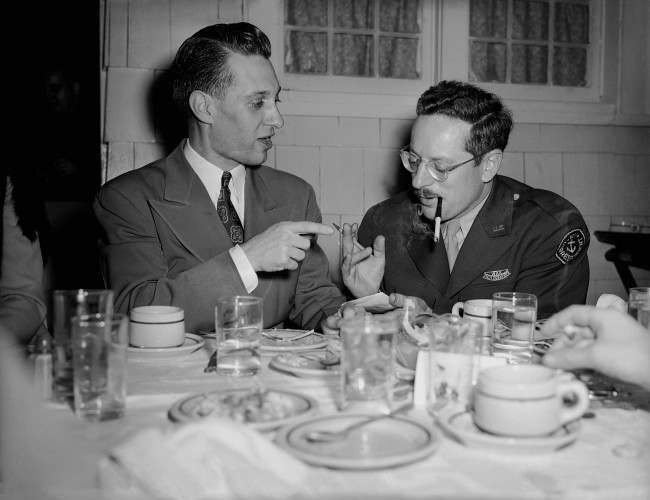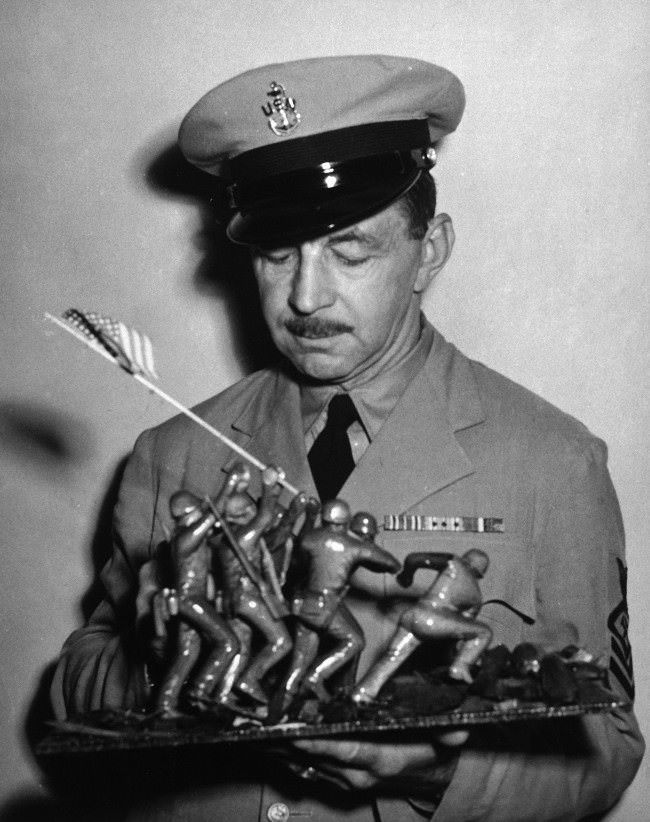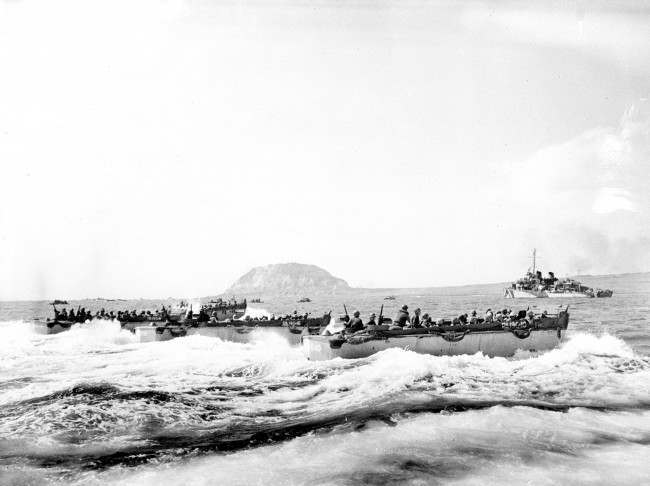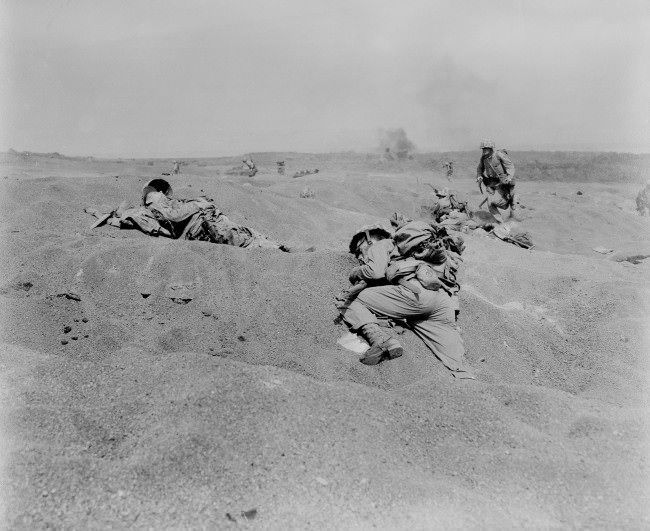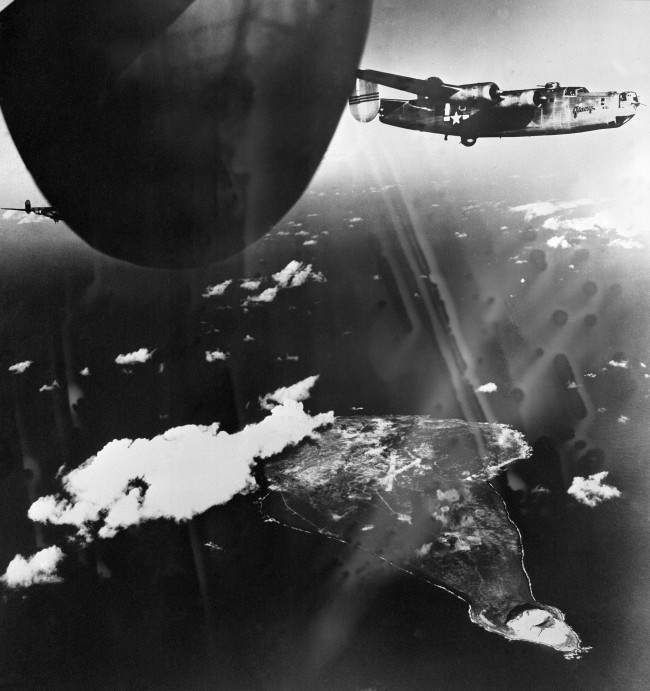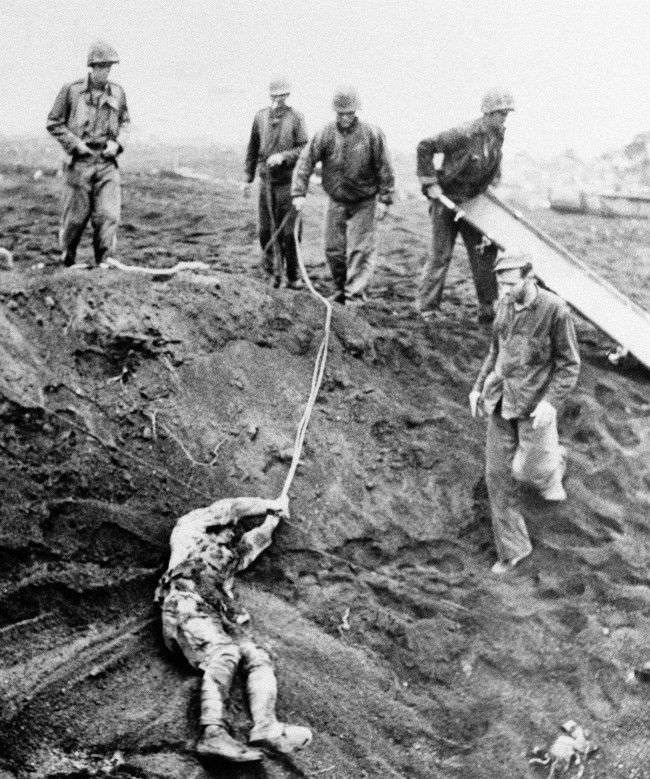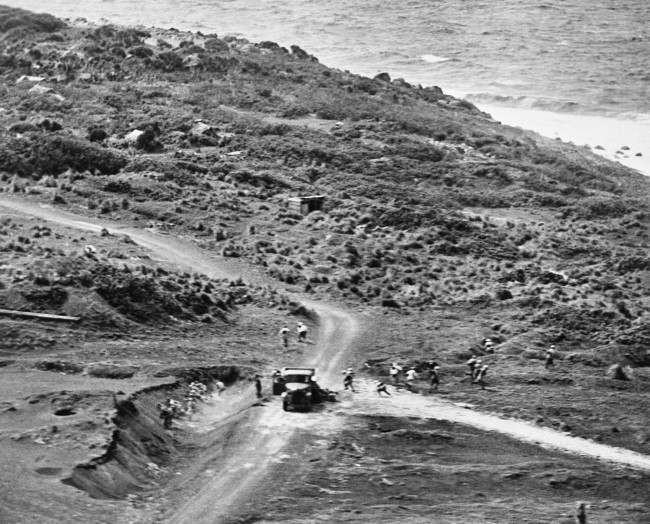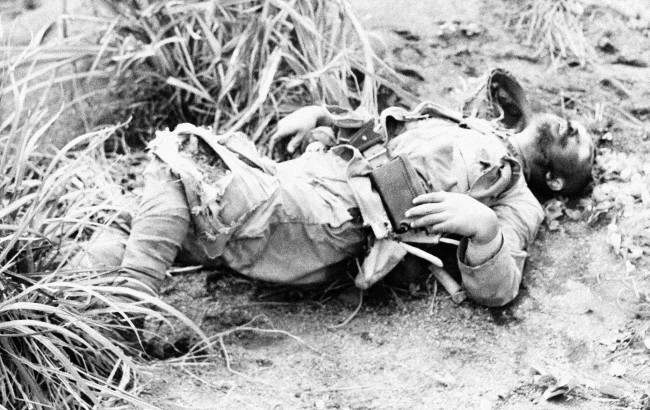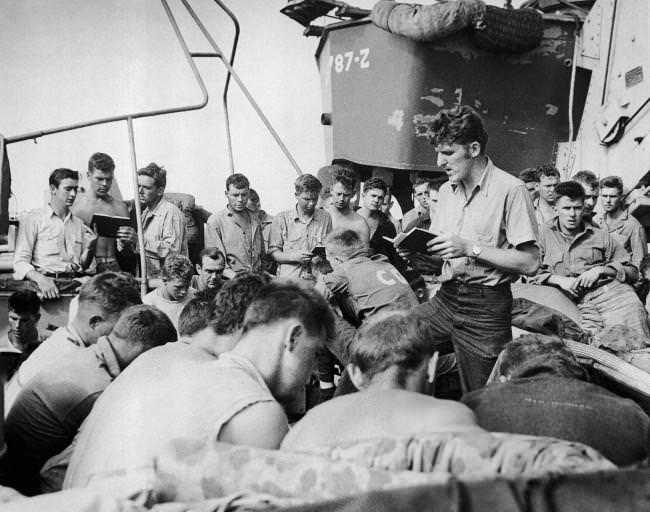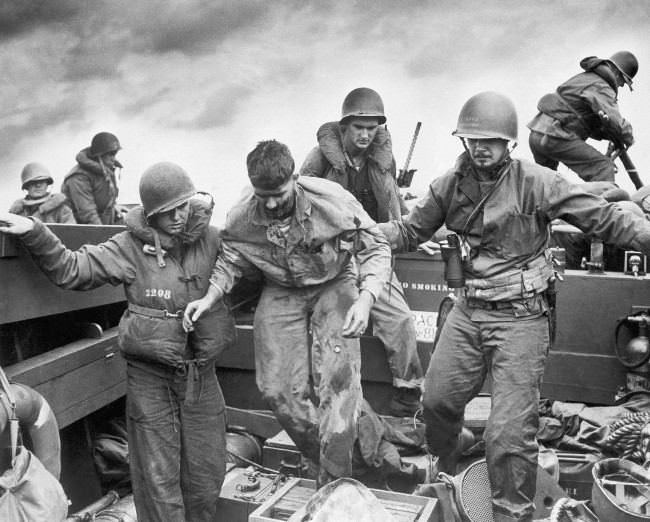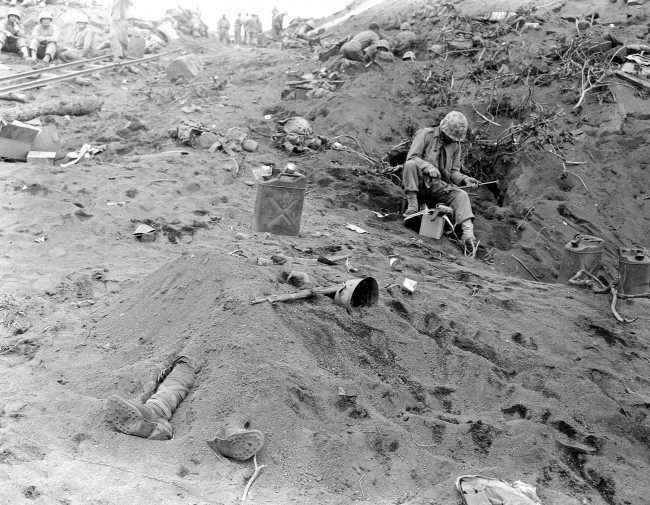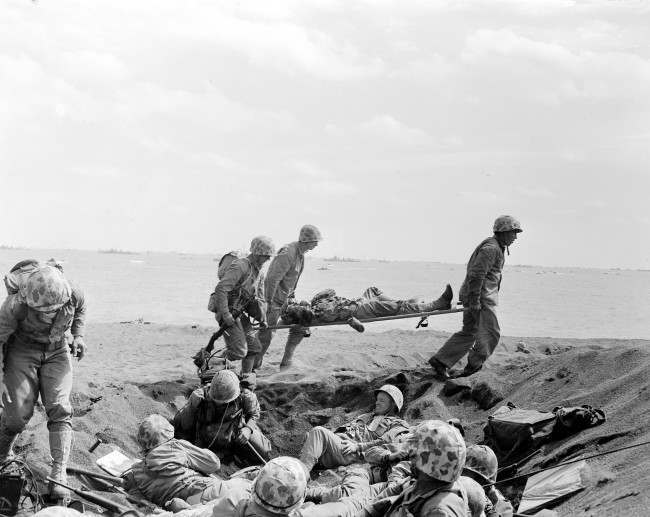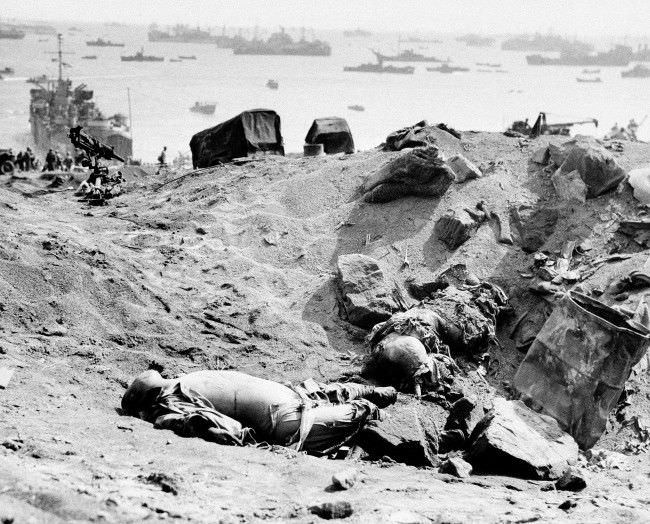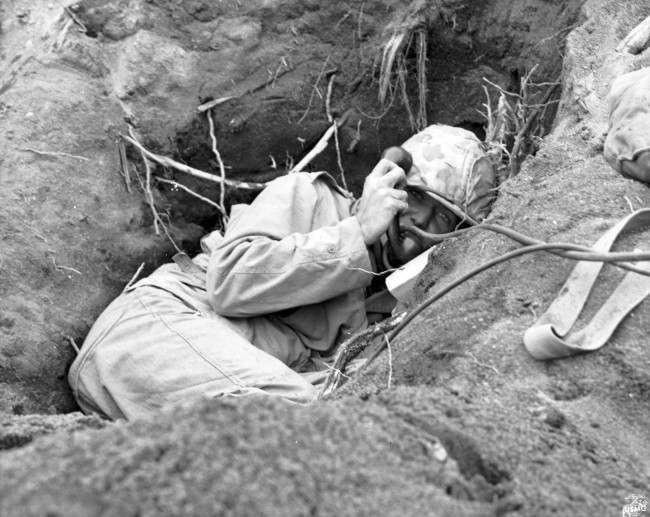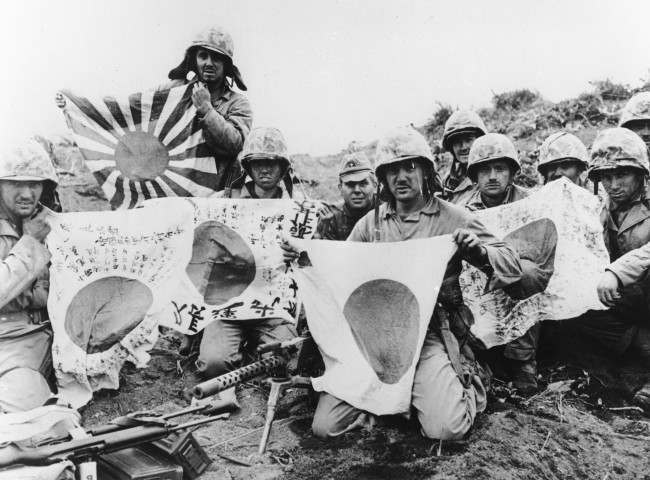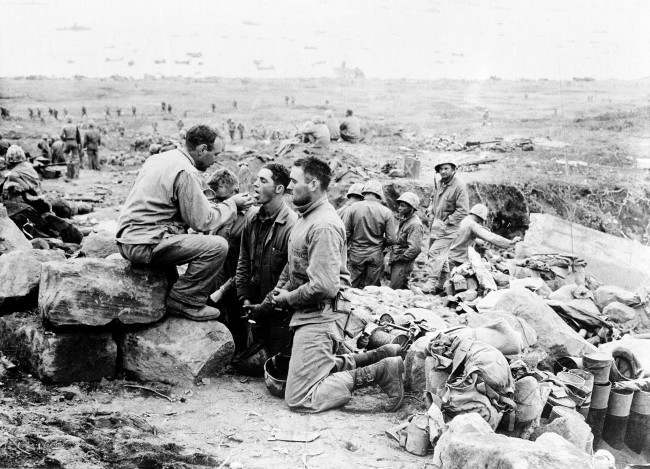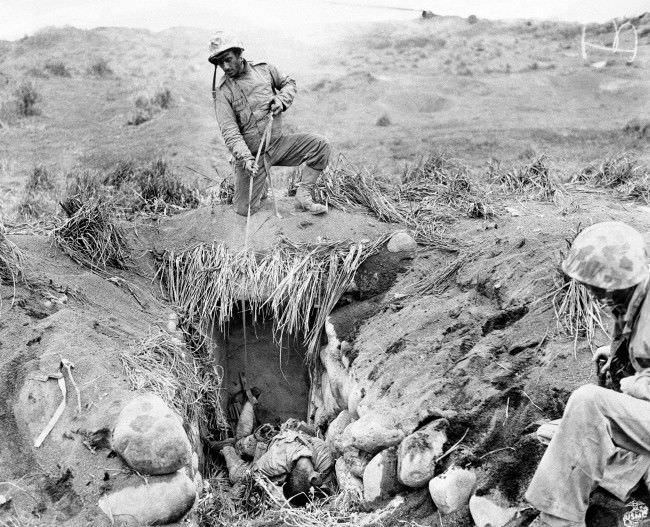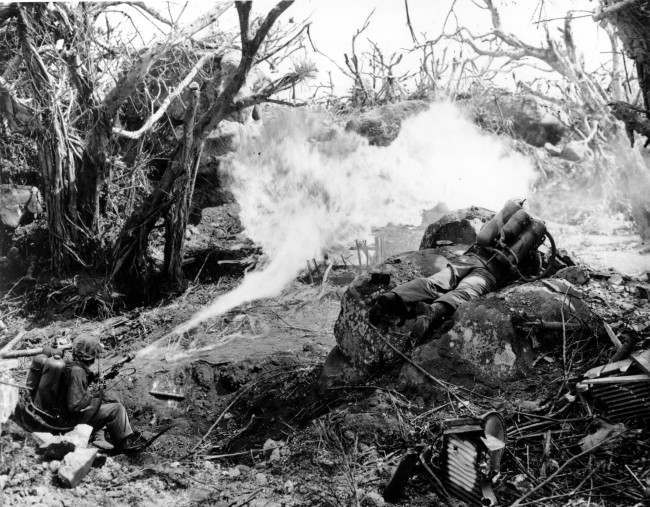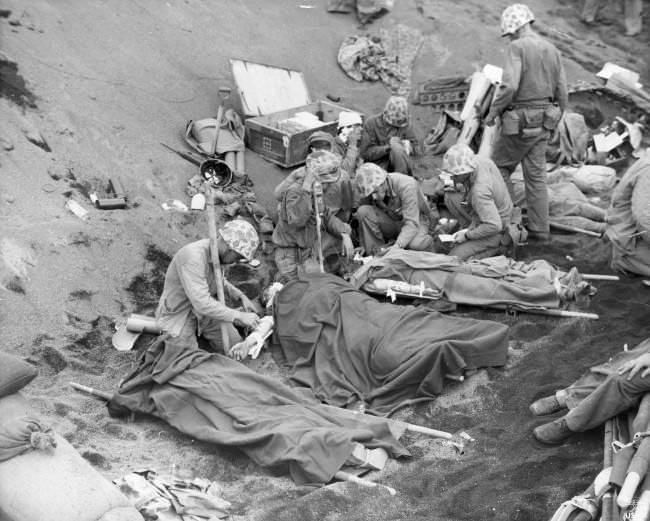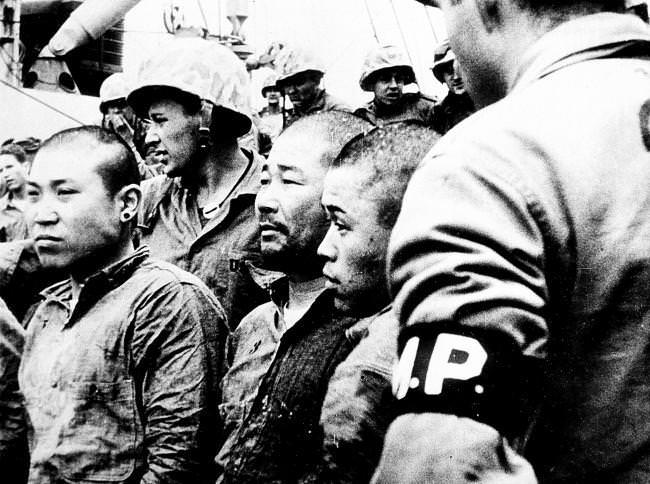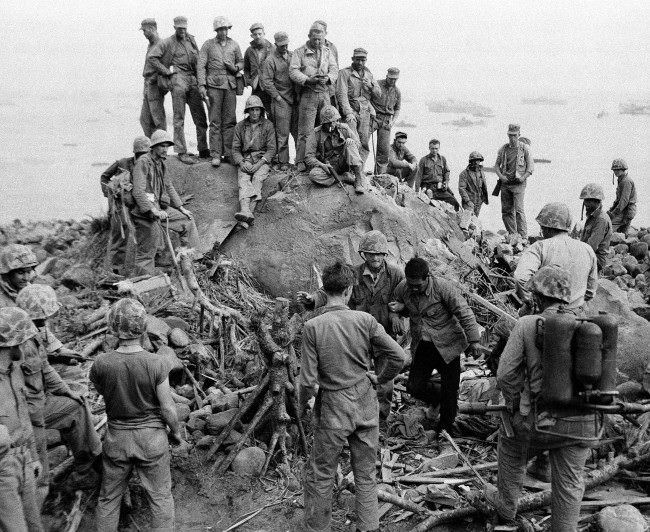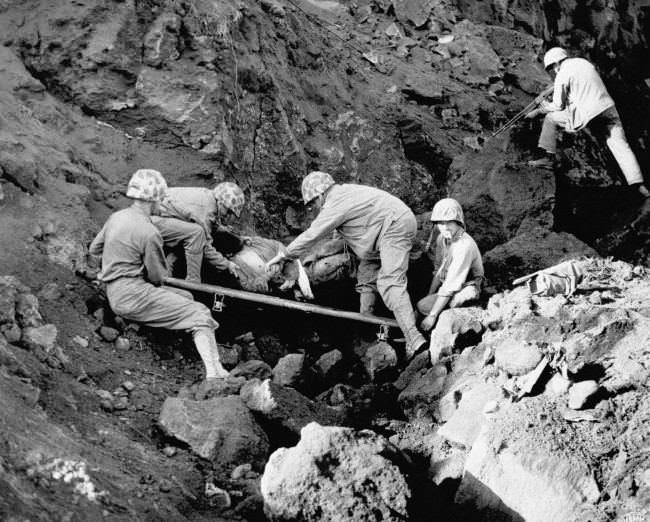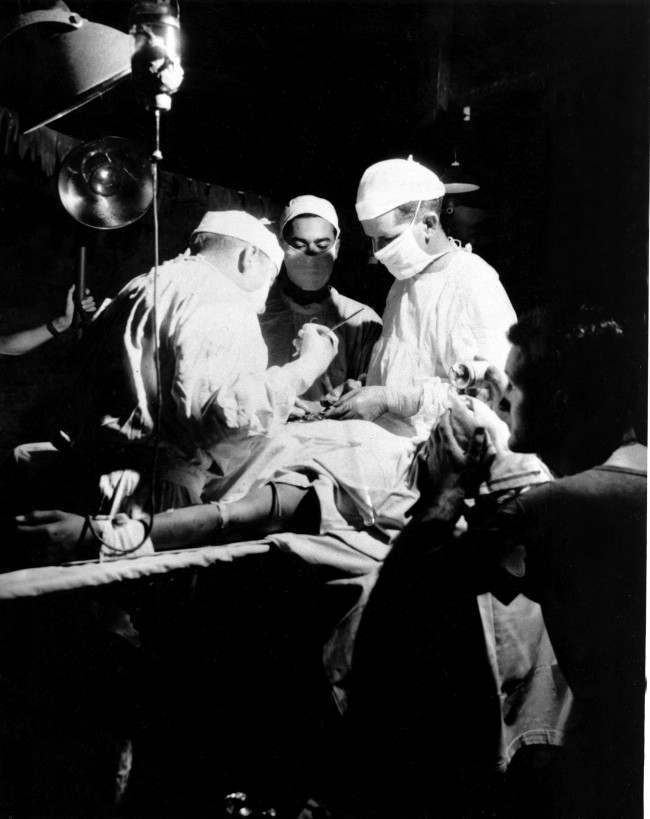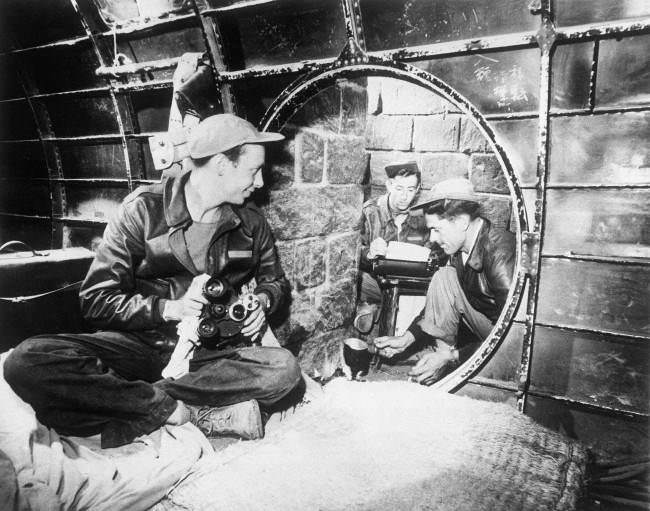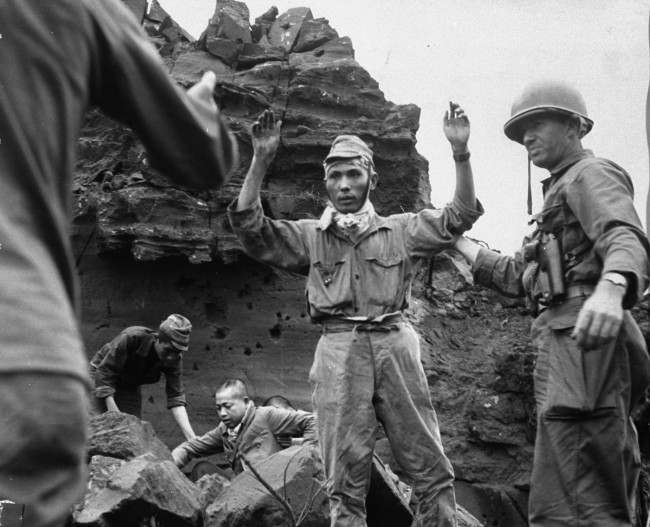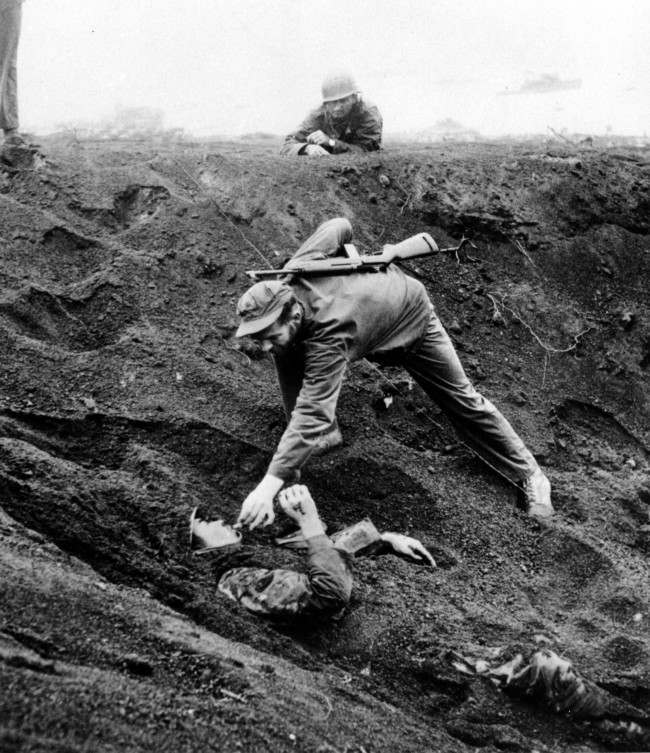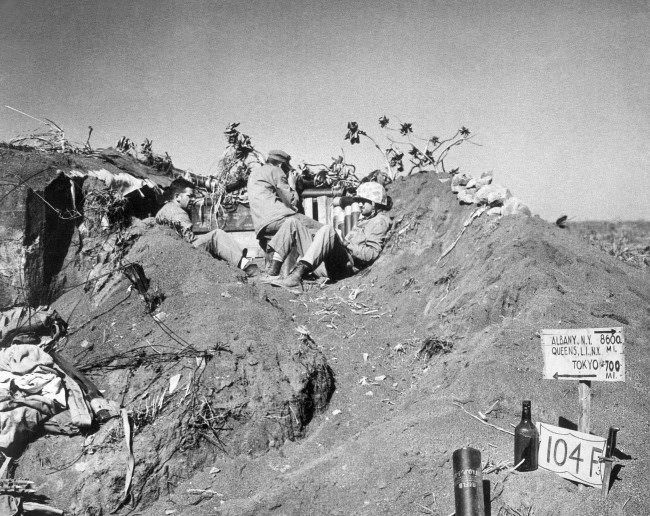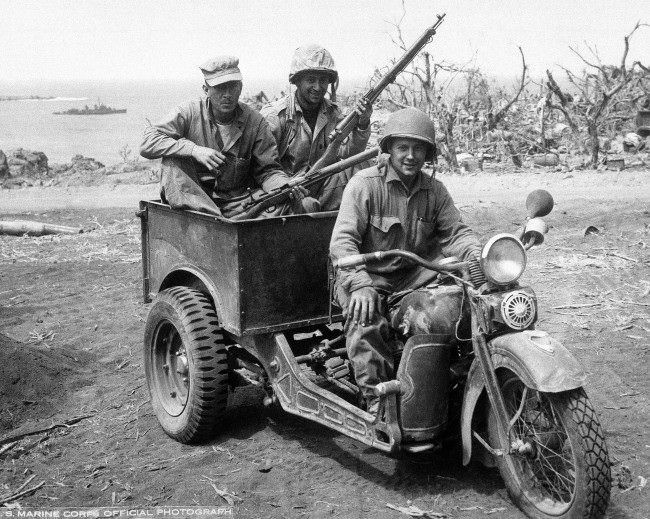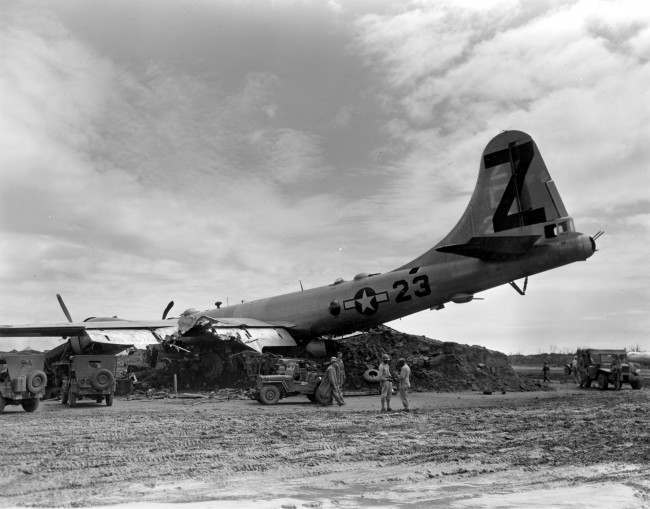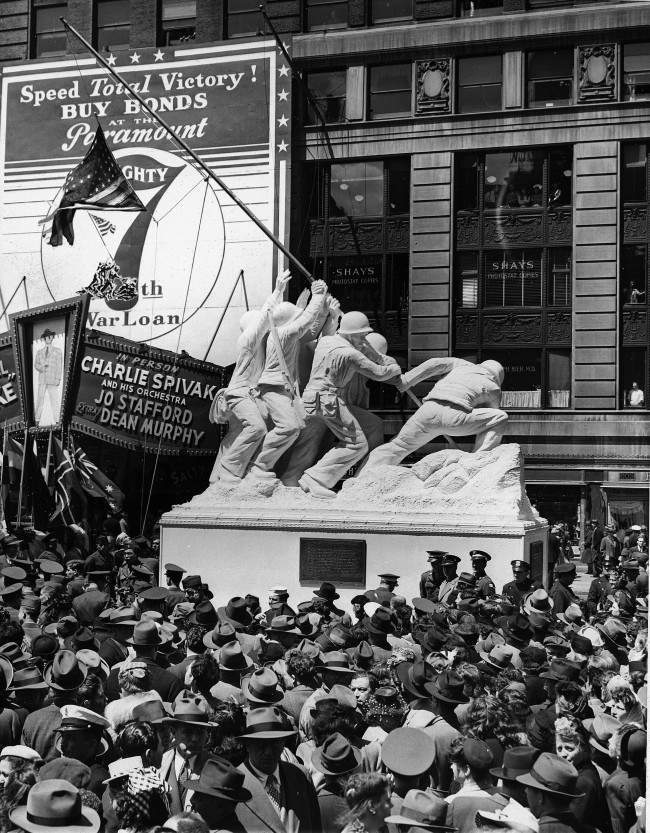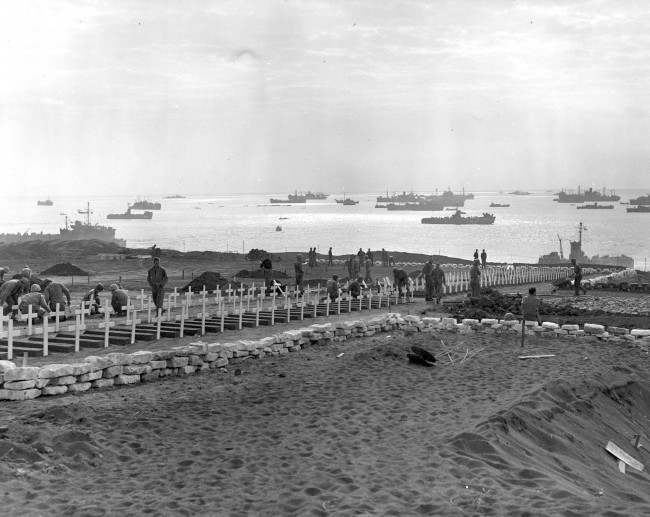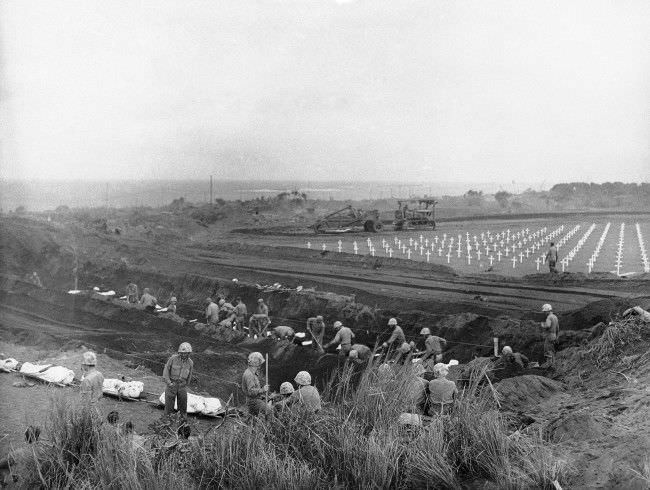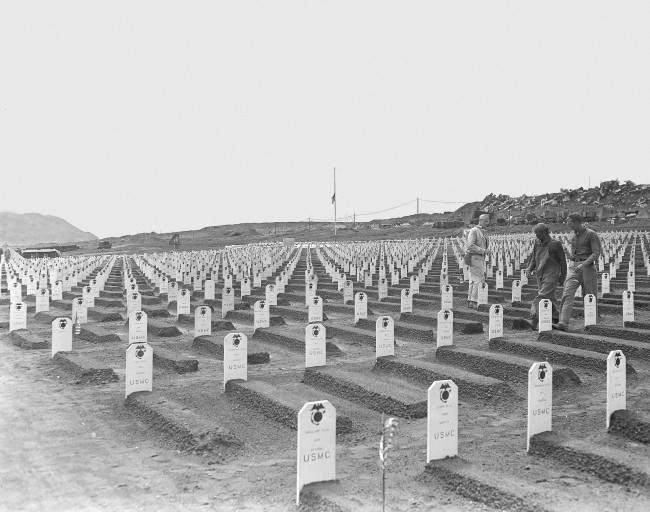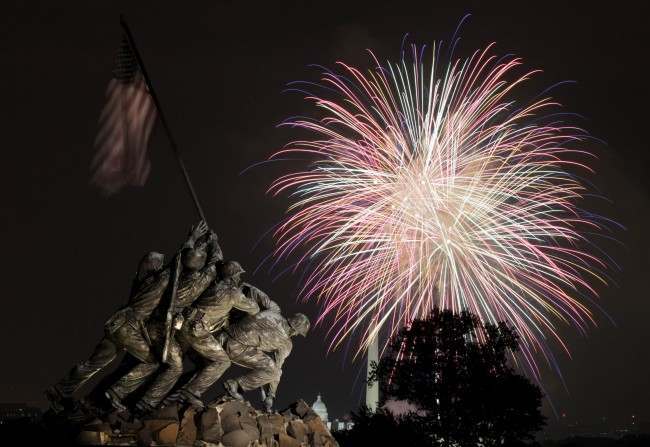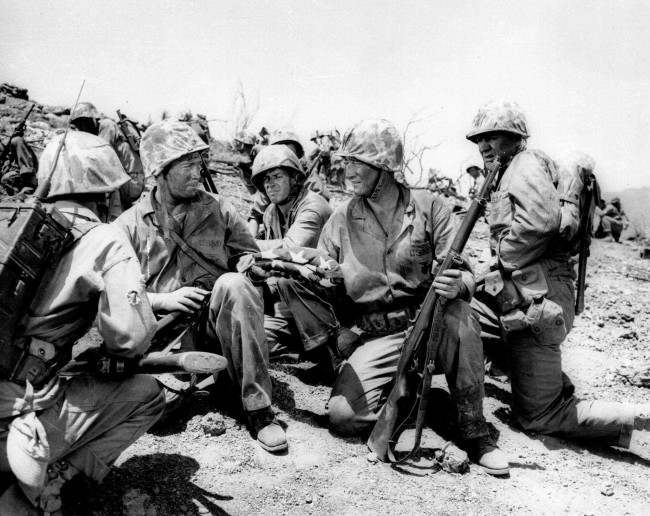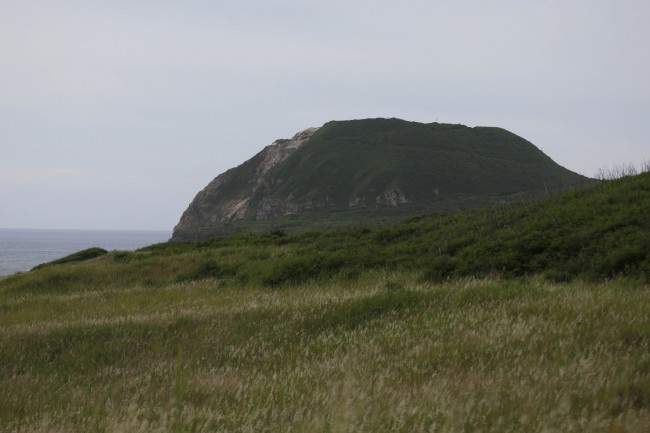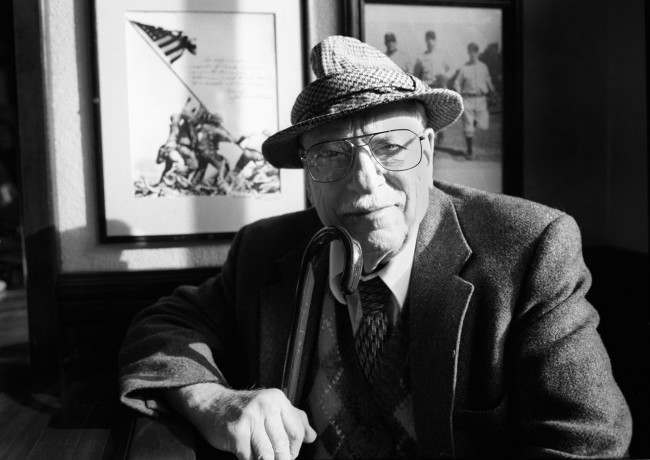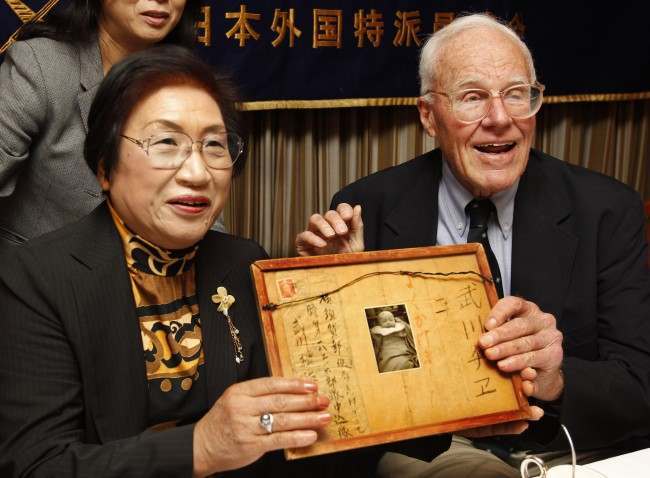Iwo Jima is a small island in the Pacific Ocean that became famous during World War II. The battle fought there from February 19 to March 26, 1945, was one of the most brutal and significant conflicts in the war. It was not just a military operation; it was also a symbol of sacrifice and bravery. The story of Iwo Jima is filled with moments of death, glory, and propaganda that shaped public perception of the war.
The Strategic Importance of Iwo Jima
Iwo Jima is located about halfway between Japan and the Mariana Islands. The island was important because it had airfields that could be used by Japan to defend against American bombers. For the United States, capturing Iwo Jima would shorten the distance for American planes flying to Japan. It would also provide a base for fighter planes to escort bombers and protect them from Japanese fighters.
The island is about 8 square miles in size and is mostly volcanic rock. It is rugged and difficult to navigate. The Japanese had fortified the island with extensive tunnels and bunkers. They were determined to defend it at all costs..
Read more
The Build-Up to the Battle
Before the battle began, the U.S. military planned a massive air and naval bombardment to weaken Japanese defenses. For weeks, American forces bombed Iwo Jima from land and sea. They hoped to destroy the Japanese fortifications and make it easier for troops to land.
Despite these preparations, the Japanese were well-prepared. They had built a network of tunnels and bunkers deep in the volcanic rock. These defenses allowed them to withstand the American bombardment. When American troops landed on the island, they quickly faced fierce resistance.
The Landings: February 19, 1945
On February 19, 1945, American forces landed on Iwo Jima. About 70,000 Marines were involved in the operation. As they approached the beach, they encountered heavy gunfire from Japanese positions. The Japanese soldiers were hidden in their bunkers, and they opened fire as the Marines landed.
The beach was chaotic. Many Marines were killed or wounded before they could even reach the shore. The Japanese had a strong defensive position, and the Americans struggled to gain a foothold. The landing was one of the bloodiest in Marine Corps history.
The Fighting on the Island
Once ashore, the Marines faced intense combat. The Japanese defenders fought fiercely. They used machine guns, artillery, and mortars to inflict heavy casualties on the American forces. The fighting was brutal and close quarters. The Marines had to fight their way through the rugged terrain, often at great personal risk.
One of the most iconic moments of the battle occurred on February 23, 1945, when Marines raised the American flag atop Mount Suribachi. This moment was captured in a famous photograph by Joe Rosenthal. The image showed six Marines raising the flag and became a symbol of American courage and sacrifice.
The Iconic Flag-Raising
The flag-raising on Mount Suribachi was a turning point in the battle. The photograph of the event was published in newspapers across the country. It inspired Americans and boosted morale at home. Many people saw it as a symbol of hope and determination.
However, the battle was far from over. The American forces continued to face fierce resistance from the Japanese. The fighting was incredibly intense, and casualties on both sides were high. The Marines fought for every inch of the island.
The Role of Propaganda
The photograph of the flag-raising was not just a record of a moment; it became a powerful piece of propaganda. The U.S. government used it to promote war bonds and encourage enlistment in the military. The image represented American values of bravery and sacrifice. It showed that victory was possible and that the sacrifices of soldiers were worth it.
The flag-raising was used in posters, advertisements, and even in movies. It became a rallying cry for Americans during a time when the war was still ongoing. The government recognized the power of the image and used it to unify the country behind the war effort.
The Cost of Victory
The battle for Iwo Jima continued for over a month. The Americans faced fierce resistance, and the cost was high. By the time the battle ended on March 26, 1945, nearly 7,000 American soldiers were killed, and over 19,000 were wounded. The Japanese forces suffered even greater losses, with around 18,000 soldiers killed.
The battle was a costly victory for the United States. Iwo Jima was captured, but at a significant price. The high casualties shocked the American public. The brutal nature of the fighting revealed the determination of the Japanese soldiers and the lengths they would go to defend their homeland.


